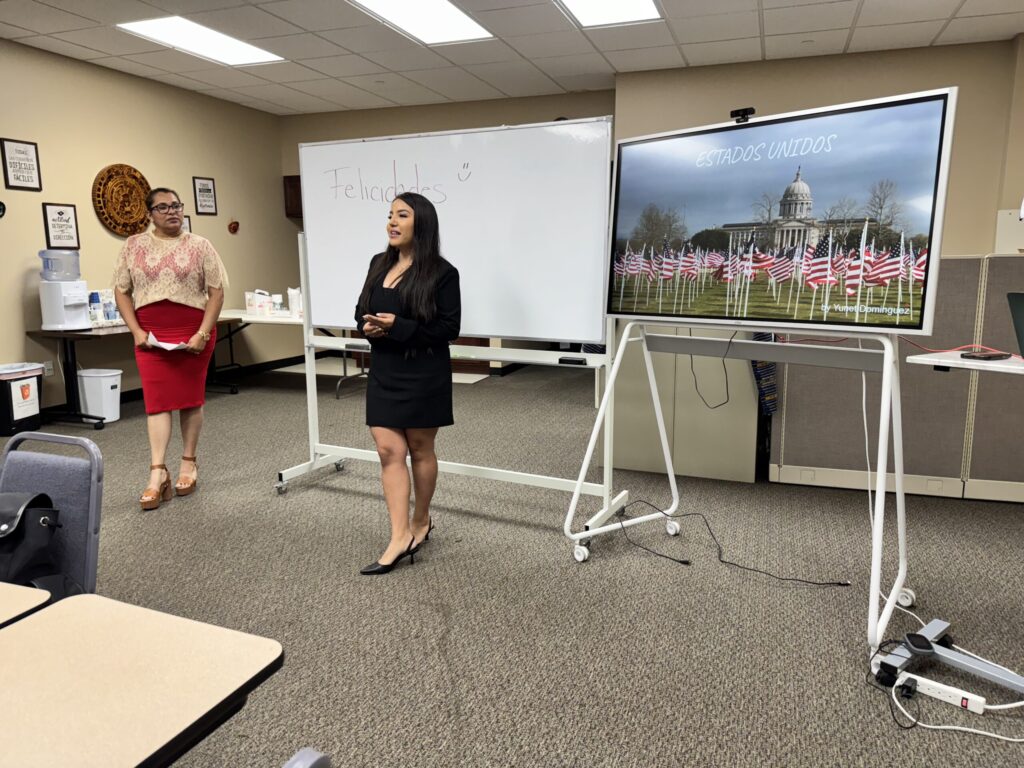Clearly define your goal
Ask yourself: What does “success” mean for you or your business?
Examples: Increase sales, gain visibility, generate leads, build a community.
Know your ideal audience
Research who you want to reach: What do they need? Where are they? How do they communicate?
Assess your starting point
Evaluate what you already have: social media presence, website, content, skills, etc.
Design a step-by-step plan
Build a calendar with concrete actions
“Turn followers into customers and clicks into opportunities.”
Personalize your message
Use language and style that connects with your audience — while staying true to your voice.
Track results and adjust often
Use tools like Google Analytics or social media insights to understand what’s working. Then refine your strategy.
Invest in yourself (or your team)
Continuous learning in digital marketing, sales, design, or communication keeps your strategy sharp and effective.


As you move toward the midpoint of the article, this paragraph provides an opportunity to connect earlier ideas with new insights. Use this space to present alternative perspectives or address potential questions readers might have. Strike a balance between depth and readability, ensuring the information remains digestible. This section can also serve as a transition to the closing points, maintaining momentum as you steer the discussion to its final stages.
Wrapping Up with Key Insights
In this concluding paragraph, summarize the key takeaways from your article, reinforcing the most important ideas discussed. Encourage readers to reflect on the insights shared, or offer actionable advice they can apply in their own lives. This is your chance to leave a lasting impression, so make sure your closing thoughts are impactful and memorable. A strong conclusion not only ties the article together but also inspires readers to engage further.

Leave a Reply